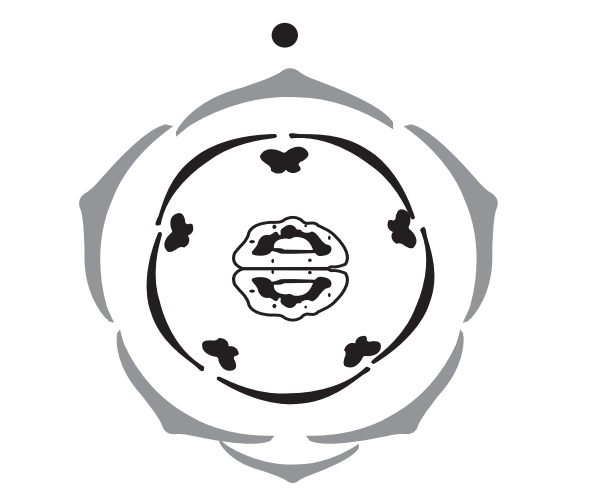Umbelliferae
| Home | | Pharmacognosy |Chapter: Pharmacognosy and Phytochemistry : Study of Different Families
Habit: These are herbs (rarely shrubs). The stem is usually fistular. The leaves are alternate, simple, often much divided, sometimes decompound; petiole usually sheath-ing at the base.
UMBELLIFERAE
Habit: These are herbs (rarely shrubs). The stem is usually
fistular.
Leaves: The leaves are alternate, simple, often much
divided, sometimes decompound; petiole usually sheath-ing at the base.
Flowers: The flowers are regular (actinomorphic) or
sometimes zygomorphic, epigynous, bisexual or polyga-mous. The outer flowers
are sometimes rayed; mostly protandrous. The bracts are in the form of an
involucre.
Inflorescence: It is an umbel, usually compound or in a few
cases simple as in centella.
Calyx: There are five sepals. They are free, adnate to the
ovary, often considerably reduced in size.
Corolla: The petals are five, rarely absent, free, adnate to
the ovary and sometimes unequal. The margin is often curved inwards, valvate or
imbricate.
Androecium: There are five stamens, which are free,
alternating with the petals, epigynous. The filaments are bent inwards in the
bud; anthers introrse.
Gynoecium: The carpels are two, syncarpous. The ovary is
inferior, two-celled, antero-posterior, crowned by a two-lobed, epigynous disc
(stylopodium), with two free styles arising from it. The stigmas capitate.
There are two ovules, solitary in each cell and pendulous.
Fruit: The fruit is a cremocarp consisting of two
inde-hiscent carpels laterally or dorsally compressed, breaking up into two
parts, called mericarps, which are
attached to a slender, often forked axis (carpophore). Each mericarp usually shows five
longitudinal ridges and oil canals (vittae) in the furrows.
Seeds: There are two seeds, one in each mericarp;
albuminous.
Floral formula: ⊕ or ·׀· H K5 C5 A10 G(2)

Examples: Fennel, coriender, caraway, dill, etc.
Related Topics
